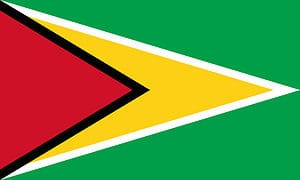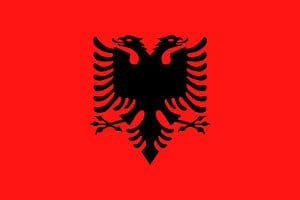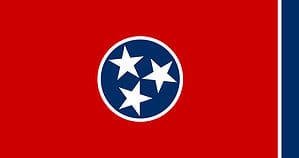Officially the Republic of Zambia, Zambia is an African country with unique features. The country occupies a landlocked area that crosses Southern, East, and Central Africa. The nation is typically referred to as being in south-central Africa. The country shares borders with other African countries; Angola to the west, Namibia to the southwest, Botswana and Zimbabwe to the south, the Democratic Republic of the Congo to the north, Malawi to the east, and a few others. Zambia sits on a high plateau and gets its name from the Zambezi River. The country’s capital is Lusaka, based in the south-central area, and it is also home to most of the country’s population.
Zambia is a great location for tourists interested in animals and seeing and experiencing the African wildlife scene. The country has several national parks home to many different animals, some of which cannot be found anywhere else in the world. The national parks, which comprise at least one-third of the country, are some reasons the nation is well known. Other reasons include the beautiful landscape the country has to offer, as well as unique dishes for people who enjoy trying out new things.
In this article, you will learn everything you need to know about the flag of Zambia, including its history, meaning, and symbolism.
Geography and Climate of Zambia
As mentioned, Zambia is landlocked across Eastern, Southern, and Central Africa. The Zambezi River serves as a natural divider between the country and those to the south. The nation’s terrain is mostly diverse, with many plateaus, hills, and mountains. Since the crystalline rocks beneath have been continuously eroded for many millennia, most of the country’s surface tends to remain flat, occasionally broken by small hills. The country is primarily a plateau. Hence, its elevation ranges from 3,000 to 5,000 feet. Mwanda Peak, located on the border of Malawi, is the highest point in the nation, standing at 7,045 feet. Most of the nation’s riches, in the form of minerals, are found around the 90-mile-long Copperbelt corridor that runs along the country’s northwest, making it the backbone of Zambia’s economy. The country relies on copper as its major export and produces at least 1.5 million tonnes yearly.
Zambia is home to around 20 national parks that house several thousand animals. Aside from being home to the Zambezi, the fourth-largest river in Africa, it is also home to the largest artificial lake in the world, Lake Kariba. This lake is utilized to generate hydroelectric electricity for Zambia and Zimbabwe and for commercial fishing operations. Another thing it shares with Zimbabwe is Victoria Falls, which is twice the height of Niagara Falls.
Because of the country’s presence in the Central African plateau and its elevation, the country has a generally moderate climate. The rainy season (November to April), which corresponds to summer, and the dry season (May/June to October/November), which corresponds to winter, are the two main seasons. The mild dry season, which lasts from May through August, and the hot dry season, which lasts from September through October and November, are additional divisions of the dry season.
Zambia: Culture and Cuisine
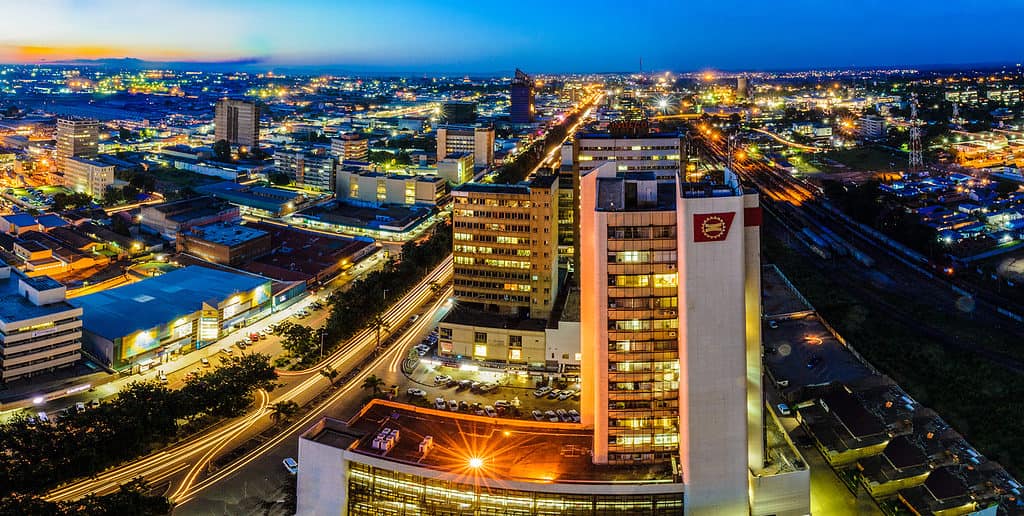
There are around 20 million people in Zambia.
©iStock.com/Jason J Mulikita
With almost 20 million inhabitants, Zambia covers a total land area of 290,587 square miles, making it the 38th-largest country in the world. Zambia’s population used to be divided into separate tribes, each with its own way of life. Urbanization increased due to the colonial period, and various ethnic groups began to coexist, influencing one another’s way of life. Additionally, they started embracing universal or global culture, especially attire and behavior. Even though Bantu people make up the majority of Zambians, there is a significant linguistic and cultural diversity due to the intricate patterns of immigration. Adaptations and migrations from the upper Congo basin are evident in the northeast and northwest cultural traditions.
The country’s population is spread across over 70 individual ethnic groups, and the most popular of them all is the Bemba group. The country’s north-central region is home to this group, which makes up more than one-fifth of the total population. Despite each ethnic group having diverse cultures and practices, there is still some relationship and similarities between them. Many non-Bantu-speaking people residing in the country are of European descent, and most of these people left after Zambia gained independence in 1964.
Despite its diversity, the national dish of Zambia, nshima, a thick porridge prepared from maize, remains a mainstay of the nation’s cuisine. Since nshima tends to be relatively tasteless on its own, the people of Zambia prefer to pair it with other traditional meals. Apart from nshima, corn is used in various ways in the country, as it is one of their primary crops. While the corn is ripe but still green, it can be boiled or roasted.
Zambia: Language and Religion
The official language of Zambia is English, which is used to teach in schools and also for commerce and official business. The country’s inhabitants also speak multiple other local languages, with the popularity of each one varying across each region. The primary local language, spoken especially in the country’s capital, is Nyanja or Chewa, and the second most popular one is Bemba. In the Copperbelt area, Bemba is the most popular and Nyanja the second. Generally, these two local languages are the most popular and spoken in urbanized areas. The country’s urbanization affected many local languages, making them adopt certain words from other cultures and even foreign languages. Other local languages spoken in Zambia include Tumbuka, Tonga, and Luvale.
The people of Zambia are predominantly Christian. Although Christianity is recognized as the official religion by the 1996 constitution, the constitution also recognizes and provides for religious freedom. The second part of the 19th century saw the introduction of Christianity to Zambia through the activity of missionaries. Before colonial rule, the first Christian missionaries arrived, and the schools they created considerably aided the expansion of followers. Despite the popularity of Christianity, not many of the country’s population have completely abandoned their traditional beliefs. Many of the country’s practicing Christians have found a way to incorporate their traditional beliefs and practices with their faith.
Roman Catholics comprise one-fifth of the population, whereas more than three-fourths of Zambians identify as Protestant. Despite these being the two most popular denominations, other Christian denominations are also springing forth in different parts of the country, such as Jehovah’s Witnesses, Seventh-Day Adventists, the Church of Jesus Christ of Latter-day Saints, etc. Other religions practiced in the country also include Islam and Hindi.
History of the Flag of Zambia
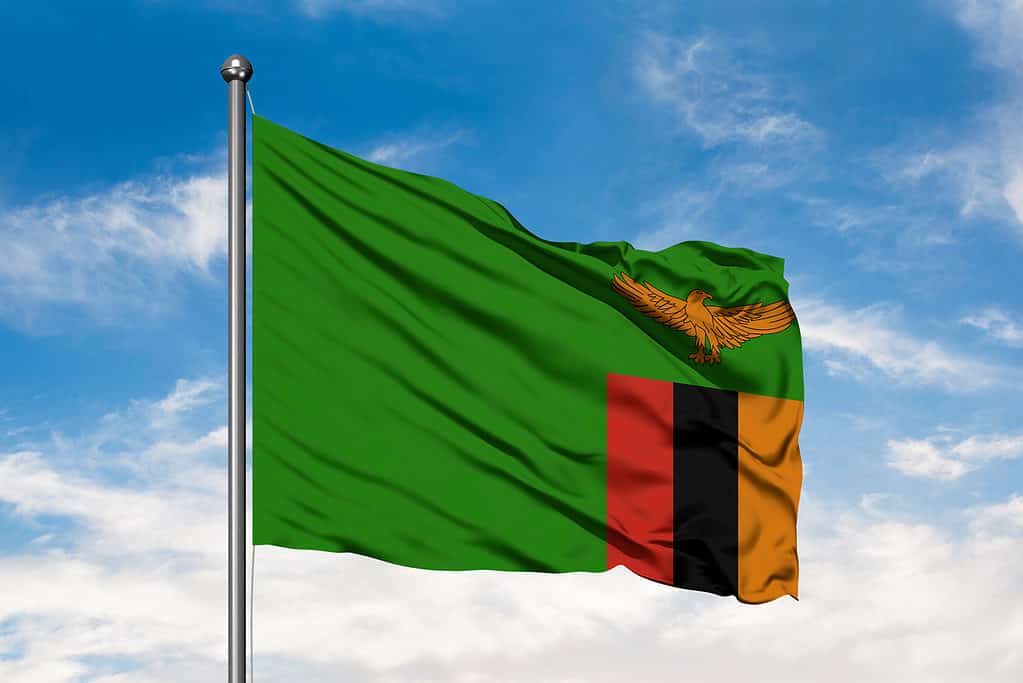
The current flag of Zambia was adopted in 1964.
©iStock.com/sezer ozger
When Zambia gained independence on October 24, 1964, the first Republican President, Dr. Kenneth David Kaunda, adopted the country’s flag. The earliest flags of Zambia were used during colonial times, beginning in 1890, when the British South Africa Company assumed control of the country. The company used a white disc with the company’s logo in the center instead of the traditional British Union Jack. The company’s logo featured a lion holding an elephant’s tusk.
Zambia acquired a new flag during the transition from being a British South Africa Company property to becoming a complete British colony. The new flag had elements of other British colonies’ flags; it was a British blue ensign with the Zambian coat of arms on the fly and the Union Jack in the flag’s canton. The colony later joined the Rhodesia and Nyasaland Federation, which had its own colonial flag. The flag was in use from 1953 to 1963.
In 1996, the current Zambian flag was slightly modified. The shade of green used in the 1964 flag was replaced with brighter and lighter green and the eagle insignia was slightly altered so as to be more like the one used in the Zambian coat of arms.
Meaning and Symbolism of the Flag of Zambia
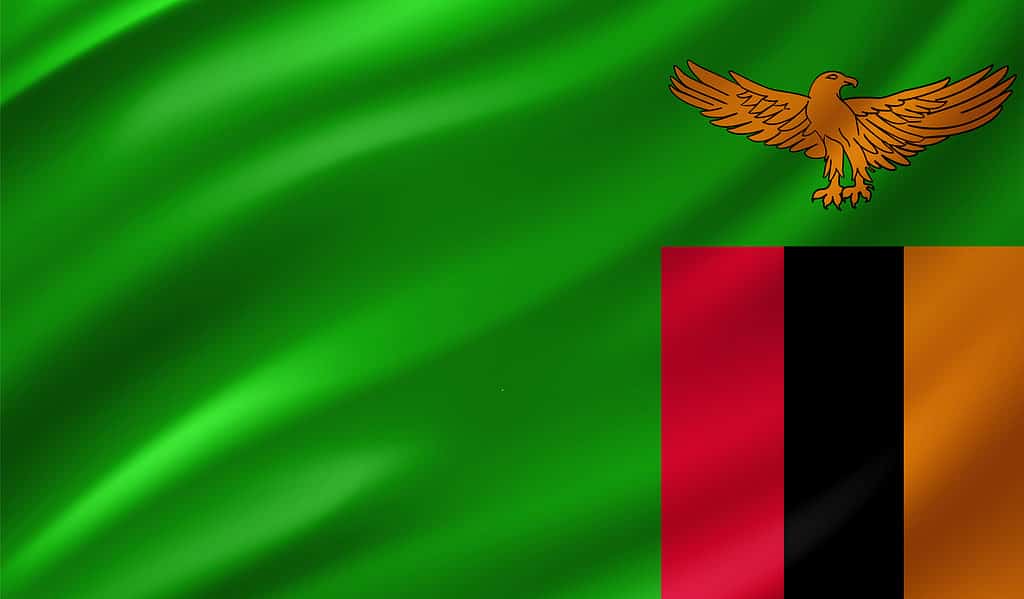
The green color on Zambia’s flag represents the country’s abundant natural resources and luscious vegetation.
©iStock.com/nanami_o
The current national flag of Zambia serves as both the country’s flag and ensign. The flag is a green field with an orange-colored African fish eagle flying above a rectangular block of three vertical stripes of red, black, and orange from left to right. It is noteworthy that the eagle and block of stripes are located at the flag’s fly rather than the middle or hoist, where most flags place their emblems and elements. The colors were chosen specifically, as each represents at least one aspect of the country.
The green color represents the country’s abundant natural resources and luscious vegetation, while the red represents its struggle for freedom and the bloodshed endured by the founding fathers. The black represents the country’s people, and the orange stands for its mineral wealth, primarily copper. The eagle on the flag is an African fish eagle, which also appears in the national coat of arms. This eagle represents the people’s capacity to rise above and overcome the country’s problems.
Up Next:
3 Countries With Animals on Their Flags, and Their Meaning
Different Ancient Flags That Have Been Lost To History
The Flag of North Dakota: History, Meaning, and Symbolism
The photo featured at the top of this post is © iStock.com/stockdevil
Thank you for reading! Have some feedback for us? Contact the AZ Animals editorial team.



